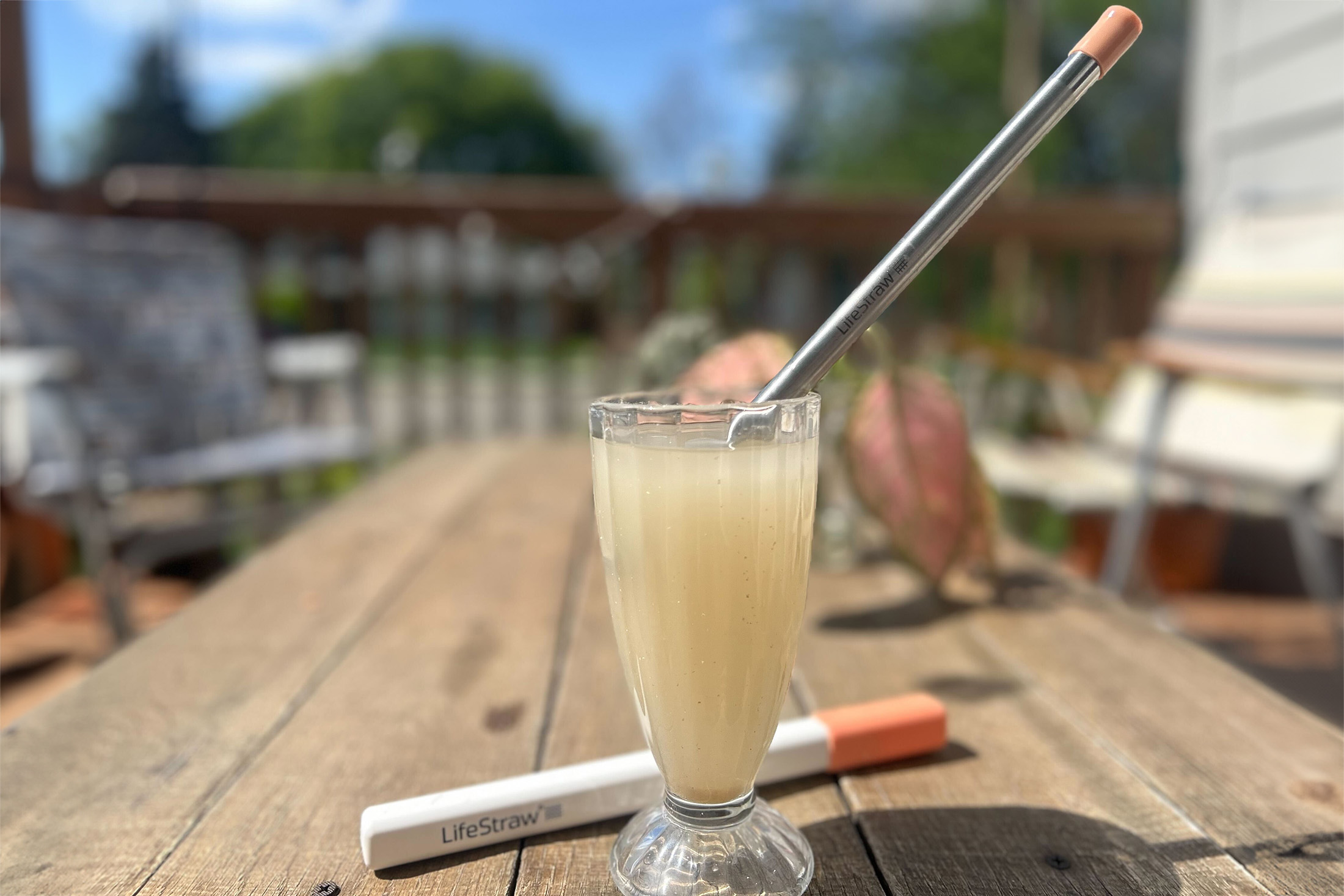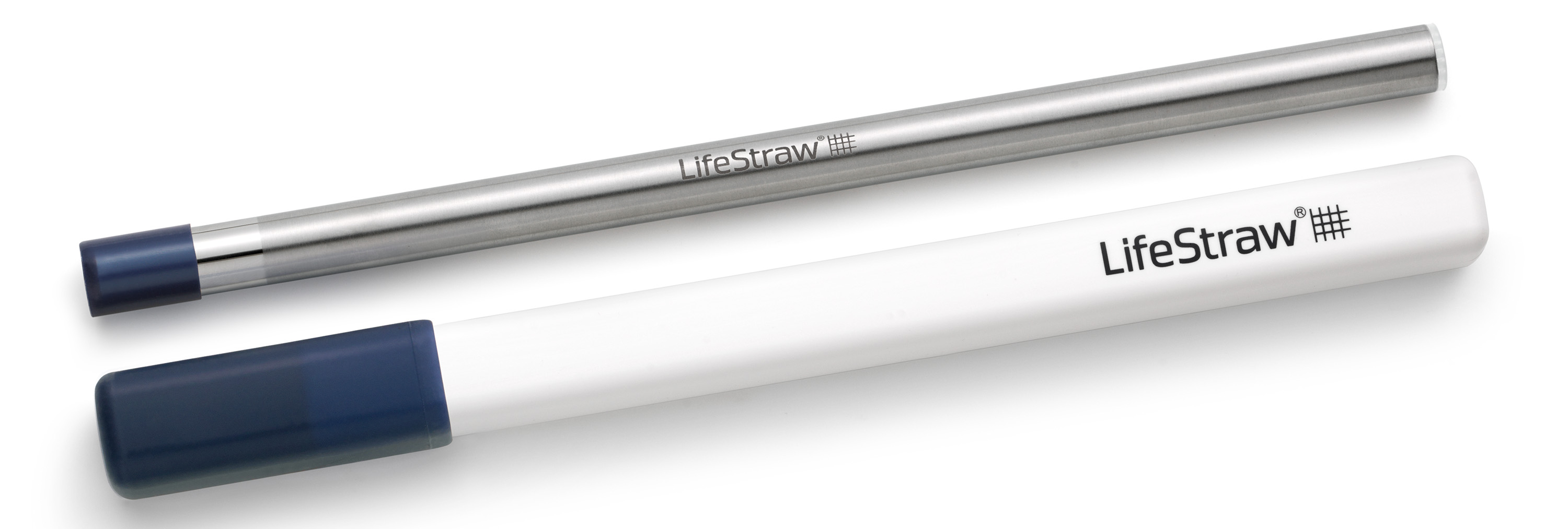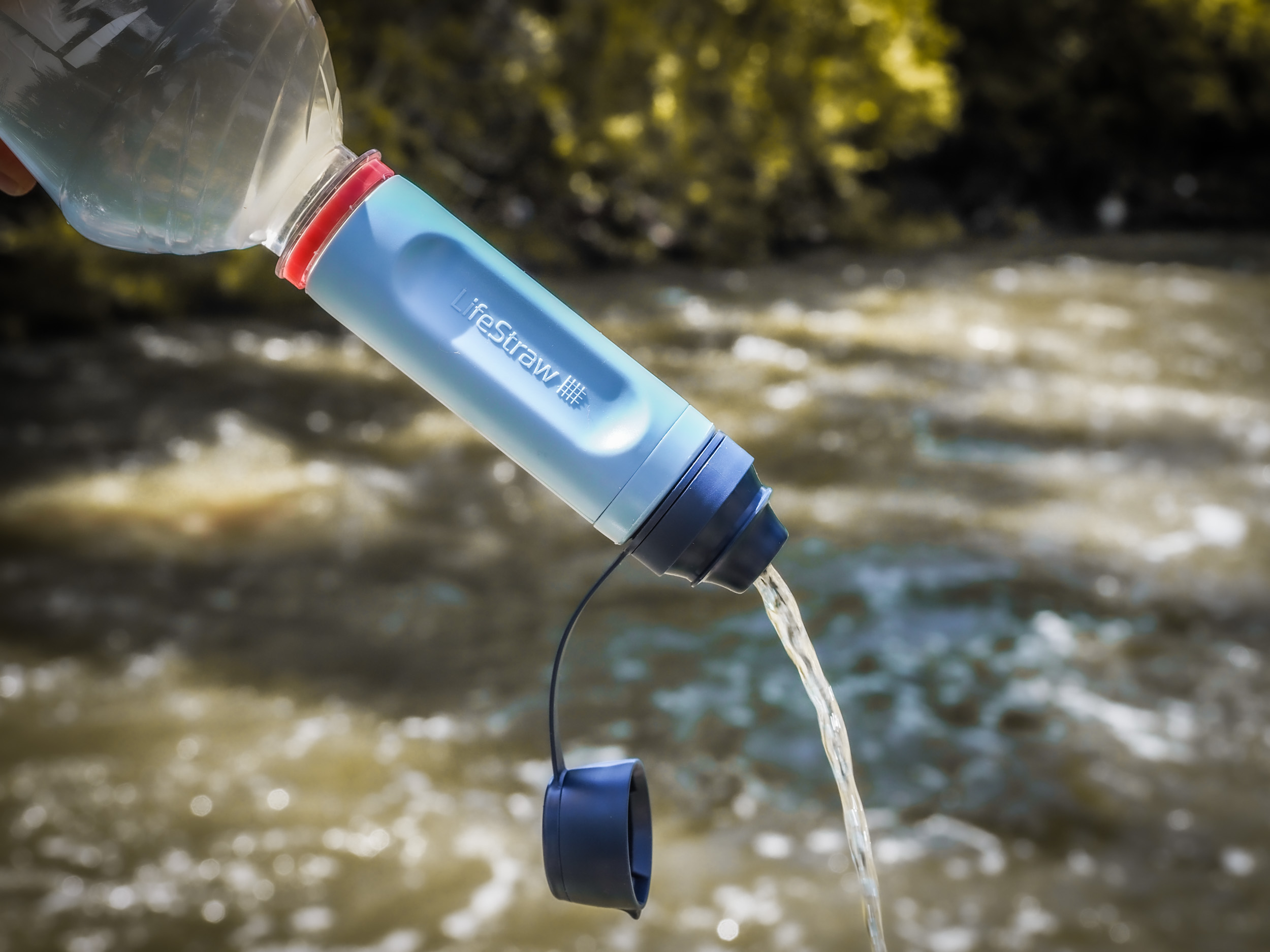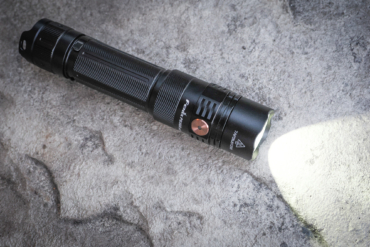It’s rather amazing what modern water filtration and purification can do. I’ve seen — and tried! — the hallmark demonstration of drinking water directly from tepid, brackish pond water with no ill effects. And still, I can’t quite believe it.
But beyond the novelty, companies like LifeStraw, MSR, and Sawyer have had massive public health impacts where clean water is a luxury few can afford. Guinea worm disease, a parasitic infection every bit as unpleasant as the name suggests, was once a massive global health crisis, with 3.5 million cases in 1986.
Since modern filtration and purification products and campaigns began, that number plummeted to just 13 cases reported last year. In fact, the disease is on pace to become the first to be eradicated without a vaccine — and it’s thanks to the same gear and technology many of us use for recreation.
And because the technology works so well, it’s now becoming more commonplace and convenient to use. To that end, LifeStraw this week launched the Sip — its slimmest and, by some measures, most low-profile water filtration device to date. The Sip looks and functions like reusable stainless steel straws that have begun to widely replace their single-use plastic counterparts.
In short: LifeStraw’s Sip filter removes parasites, bacteria, and microplastics from your water. It’s extremely slim, packable, and weighs just 3 ounces. And when it has reached the end of its 1,000L life, you can disassemble and recycle it. It’s likely better suited to sightseeing globetrotters than serious ultralight backpackers to add an extra layer of safety for questionable water sources.
Looking for the ideal backpacking water filter? Check out our picks for the best choice for you.
- Weight: 3 oz.
- Length: 10"
- Filters (>2 microns): 99.999% parasites | 99.999999% bacteria | 99.999% microplastics
- Capacity: 1,000L
- Construction: Stainless steel, silicon
- MSRP: $35
Pros
- Slim profile is easy to pack
- Design looks like a normal straw for public settings
- High 1,000L capacity
- Recyclable (when disassembled)
Cons
- Requires a separate receptacle to hold water
- Does not stop water-borne viruses
LifeStraw Sip: Why a Steel Straw?
To understand what this filtration straw does well, it’s helpful to first acknowledge what it doesn’t do. This is not a water purification device. In other words, it will not defend against viruses. It will remove almost all parasites, bacteria (99.999999%), and microplastics, however.
As many of us are all too aware these days, viruses tend to rear their ugly heads when there are people about. Because viruses tend to be species-specific, purification tends to be a greater concern in areas more heavily populated with people. Conversely, filtration usually works well in backcountry environments and areas not likely to be widely contaminated with human fecal matter.
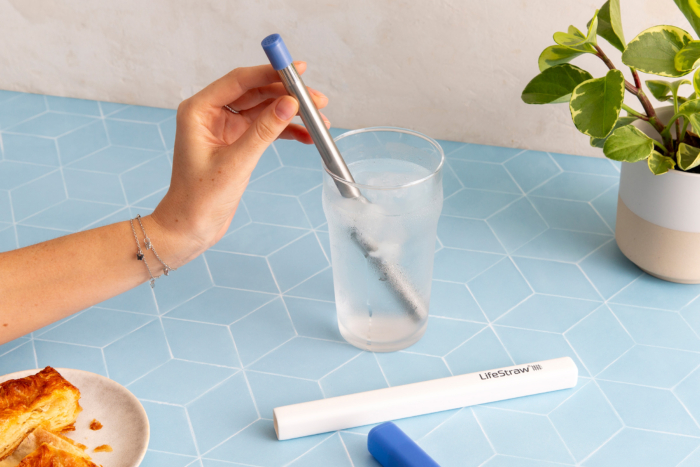
Gross, I know — but knowledge is power. So where, then, does the LifeStraw Sip come into play? Like the namesake products that gave LifeStraw its name, the Sip is designed to filter directly at the source. For drinking water away from a river, lake, or stream, you would need a separate bottle or receptacle.
But LifeStraw already makes a Peak Series Straw with the same capabilities in a lighter-weight package. I’ve only had the Sip for a few days, but its niche seems to be, like many modern outdoor products, “trail to town.” It looks almost indistinguishable from increasingly common standard reusable metal straws.
So while it will filter water at a mountain camp, you could casually use it at a restaurant abroad, where water treatment and safety are questionable.
The big caveat here is that viruses remain a concern. Think of the Sip as more practical peace of mind in a greater array of scenarios.
LifeStraw Sip Filtration Straw Review
LifeStraw sells this Sip individually (MSRP $35) or in a three-pack ($90). It comes with a carrying case, but everything else you need is ready to go and fully assembled. The straws are all stainless steel and are available with five different colored silicone mouthpieces.
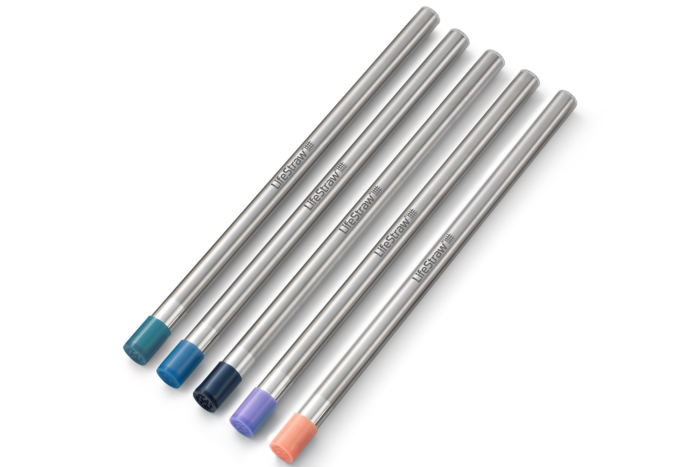
The only prep you need is the first draw to saturate the internal hollow fiber membrane. Fill a cup with clean, potable water, and then suck that through the straw. It will take a few draws to move water all the way through, but once you do, the straw is ready for a life of filtration.
I’ve only used the Sip for a couple of days and have yet to take it into the backcountry. But I have used it to drink from less-than-ideal water — water that had run through a houseplant, blended with loose-leaf tea and rice. The idea was to try the filter in dirty water with noticeable flavor and sediment.
After a few strong draws the liquid came through. When it did, it had no trace of sediment. There was some lingering flavor, though, compared to the unfiltered “control” sip.
I also backflushed the straw, which is easy and intuitive. To clean after use, blow out through the straw to clear any debris and expel any lingering water. I also drew and backflushed with clean water, because I’m somewhat obsessive about putting gear away clean.
I will continue testing the Sip on more typical use cases and update this review as I go.
Initial Impressions, Who It’s For
When camping, I prefer gravity filtration over pump, squeeze, and straw options. I like the added volume and passive, set-it-and-forget-it design.
However, it’s less suitable for backpacking and not practical as a travel solution. The Sip has an elegant design. It definitely “fits in” at restaurants or hotels abroad in place of bottled water. I would be comfortable using this like any old reusable straw to add a measure of safety.
That said, be mindful that it won’t block viruses. So in densely trafficked areas, I would not lean on the Sip as my primary source of safe drinking water. Also, it requires a stiff effort. It’s not prohibitively difficult, but “sip” is a more appropriate monicker than the “chug.”
Overall, I like the Sip as a water filtration choice for folks who are less focused on backcountry solutions and more keen to add a level of safety to water in more developed arenas. Its size and handsome design make it much more inconspicuous than any other filtration I’ve used.
The Lifestraw Sip is available exclusively at REI now and will launch on LifeStraw’s site on May 20.
